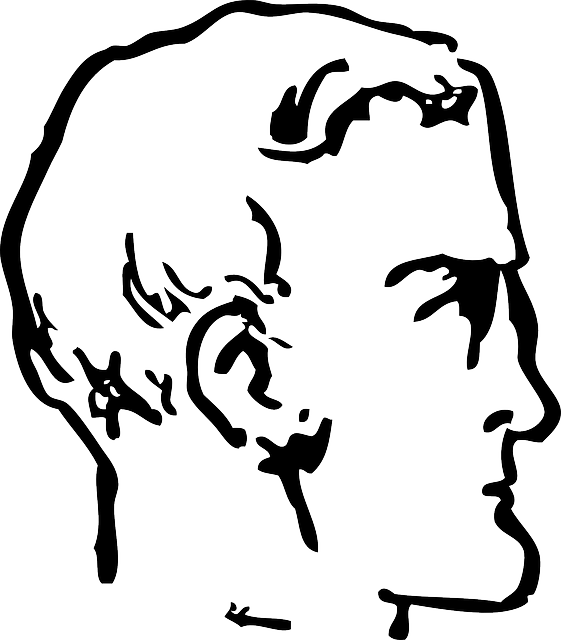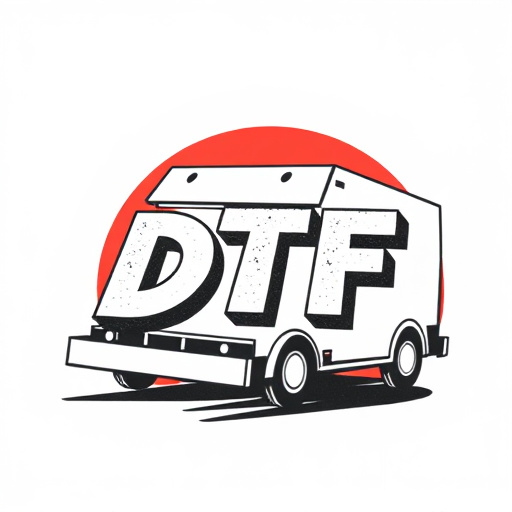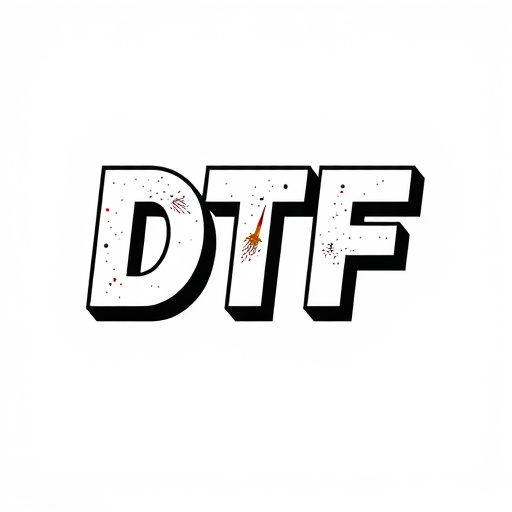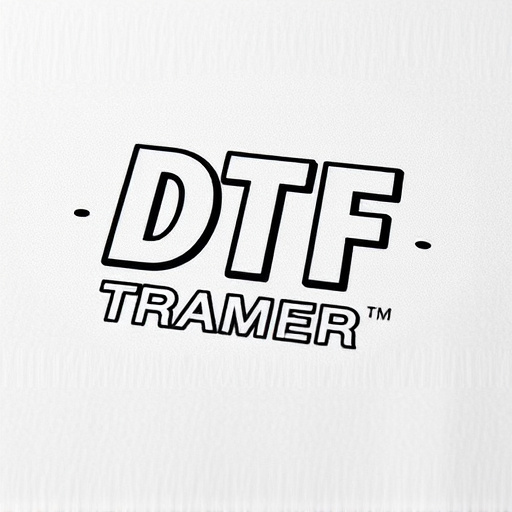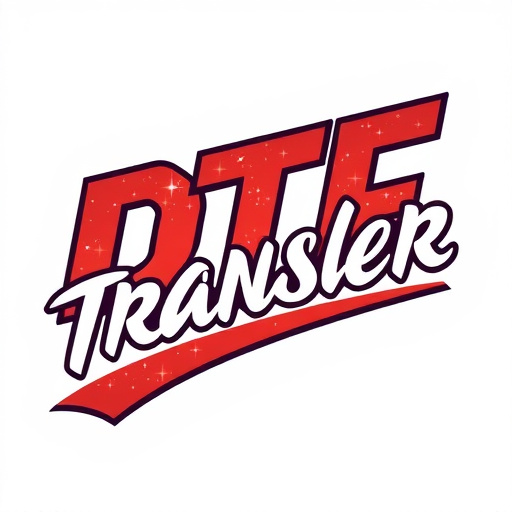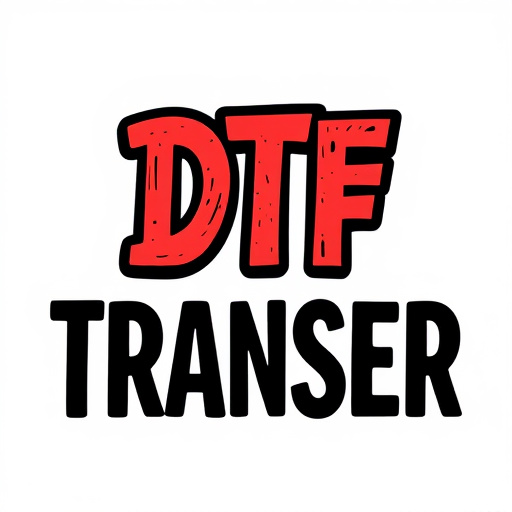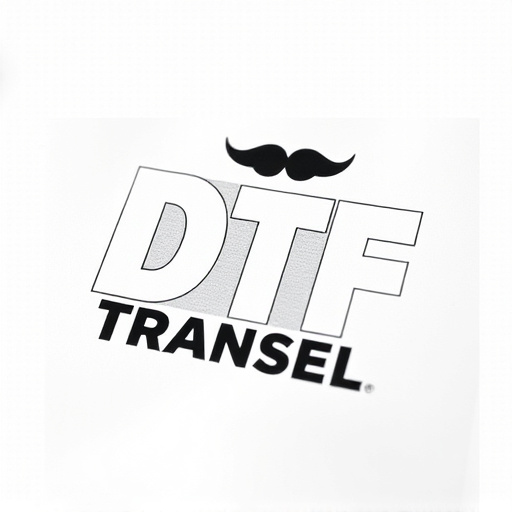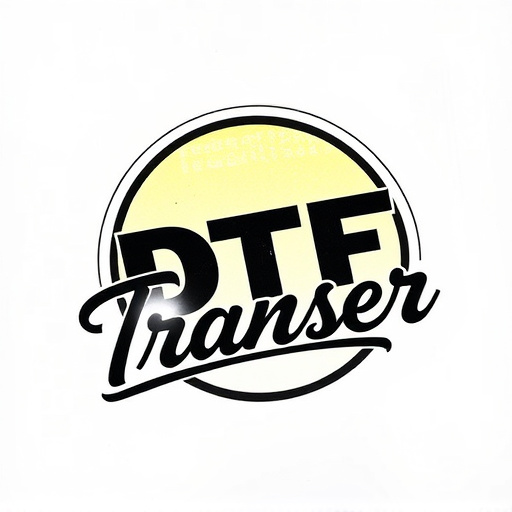Direct-to-film (DTF) printing is a cutting-edge technology for high-volume business applications, offering swift production times and superior print quality. It eliminates traditional intermediate steps, enabling efficient reproduction of custom designs on various films like vinyls and polycarbonate. DTF's key benefits include vibrant colors, exceptional durability, water resistance, quick turnaround times, and compatibility with diverse film types. For businesses, choosing the right DTF technology involves considering specific needs in packaging, signage, or promotional materials, while implementing structured printing processes ensures consistent quality for large-scale productions.
“In the realm of high-volume business printing, Direct-to-Film (DTF) transfers have emerged as a game-changer. This innovative technology allows for precise, high-quality printing directly onto various materials, from packaging to promotional items. In this comprehensive guide, we explore DTF’s benefits, from enhancing productivity to reducing waste.
We delve into the technology behind it, offering insights on choosing the right DTF transfer system and a step-by-step implementation process. Additionally, we present best practices for maintaining print quality and efficiency, followed by real-world case studies.”
- Understanding Direct-to-Film (DTF) Transfers: A Comprehensive Overview
- Benefits of DTF for High-Volume Business Applications
- Choosing the Right DTF Transfer Technology
- Implementing DTF Printing: Step-by-Step Guide
- Best Practices for Maintaining Quality and Efficiency in DTF Prints
- Case Studies: Successful DTF Transfer Solutions in Action
Understanding Direct-to-Film (DTF) Transfers: A Comprehensive Overview
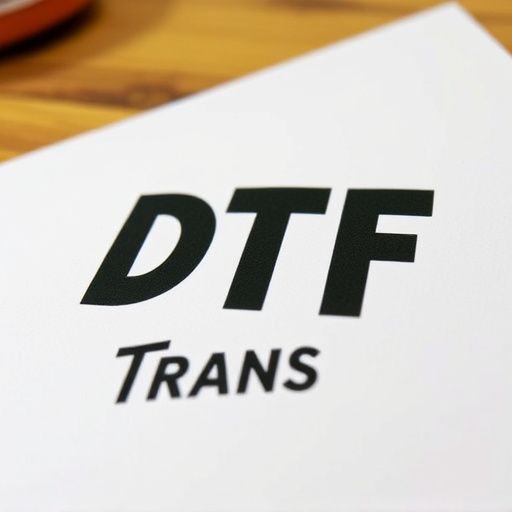
Direct-to-film (DTF) transfers are a cutting-edge printing technology designed to produce high-quality, durable prints directly on various film materials. This innovative process eliminates traditional intermediate steps, enabling efficient and precise reproduction of images for business applications. DTF offers significant advantages over conventional printing methods, especially for businesses requiring large-volume, outdoor signage, packaging, or promotional materials.
The DTF transfer process involves specialized equipment that applies ink directly onto the film’s surface, creating a strong bond. This technology ensures vibrant colors, exceptional durability, and water resistance, making it ideal for outdoor use. Moreover, DTF printing allows for quick turnaround times, enabling businesses to meet tight deadlines. With its versatility, DTF is not limited to specific film types, accommodating a wide range of materials, from vinyls to polycarbonate films, catering to diverse business needs.
Benefits of DTF for High-Volume Business Applications

Direct-to-film (DTF) transfers offer significant advantages for high-volume business applications. One of the key benefits is its efficiency and speed. DTF Printing allows for rapid production of custom prints, ideal for businesses needing to create large batches of marketing materials, labels, or personalized products in a short time. This technology streamlines workflows, reducing lead times and enabling faster response to market demands.
Additionally, DTF provides high-quality, durable prints that are suitable for various applications. These transfers can be applied to a wide range of surfaces, including plastics, metals, glass, and more, making them versatile for businesses in diverse industries. DTF’s ability to produce crisp, vibrant prints with excellent color accuracy ensures brand consistency and enhances the overall aesthetic appeal of products or promotional materials.
Choosing the Right DTF Transfer Technology
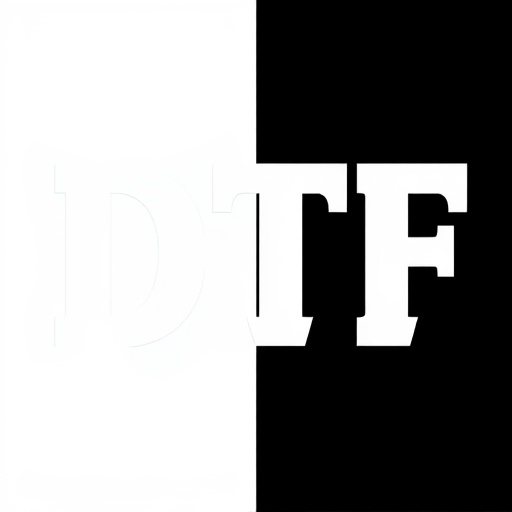
When selecting a Direct-to-Film (DTF) transfer technology for high-volume business use, several factors must be considered to ensure efficiency and quality. The choice should align with your specific printing needs, whether it’s for packaging, signage, or promotional materials. Advanced DTF technologies offer enhanced precision and faster processing times, enabling high-speed production without compromising on detail or color accuracy.
The right DTF system should support a wide range of substrate types and sizes, catering to diverse business requirements. Additionally, features like automated feeding mechanisms and integrated quality control systems can streamline operations, reduce human error, and increase overall productivity. Investing in robust DTF Printing solutions now can significantly boost your business’s output capabilities, ensuring you stay ahead in meeting market demands.
Implementing DTF Printing: Step-by-Step Guide
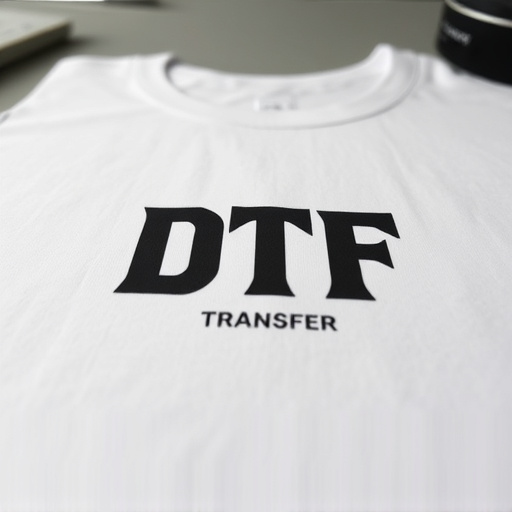
Implementing Direct-to-Film (DTF) Printing for high-volume business needs involves a strategic step-by-step approach to ensure optimal results. 1. Select High-Quality DTF Inks and Films: Start by choosing reputable brands known for their vibrant colors, durability, and compatibility with your printing equipment. Ensure the films are suitable for the volume of prints you anticipate, considering factors like thickness and opacity.
2. Prepare Your Print Files: Convert all designs to the correct file format (usually PSD or PNG) with a resolution of at least 300 DPI. Remove any unnecessary elements or background colors that won’t print on the film itself. This ensures sharp, precise prints without extra waste.
3. Calibrate Your Printer Settings: Adjust your printer settings for optimal DTF printing. This includes setting the correct printing mode, color profiles, and ink flow rates. Refer to the manufacturer’s guidelines or seek professional advice for precise calibration.
4. Load Film and Ink Cartridges: Carefully load the chosen film into your printer, ensuring it aligns correctly with the print head. Install fresh DTF ink cartridges, adhering to the manufacturer’s instructions for proper installation and handling.
5. Test Print: Before embarking on a large-scale print job, conduct a test print to verify color accuracy, image sharpness, and overall print quality. This initial print serves as a benchmark for your settings and helps identify any necessary adjustments.
6. Print in Batches: For high-volume jobs, print in batches to prevent overheating or ink drying out. Follow the recommended printing intervals provided by the manufacturer. Regularly check on prints during the process to ensure consistent quality.
7. Cure and Inspect Prints: After printing, cure the DTF films using the appropriate method (e.g., heat press, UV light) as per the film manufacturer’s instructions. Once cured, inspect the prints for any defects or inconsistencies.
Best Practices for Maintaining Quality and Efficiency in DTF Prints
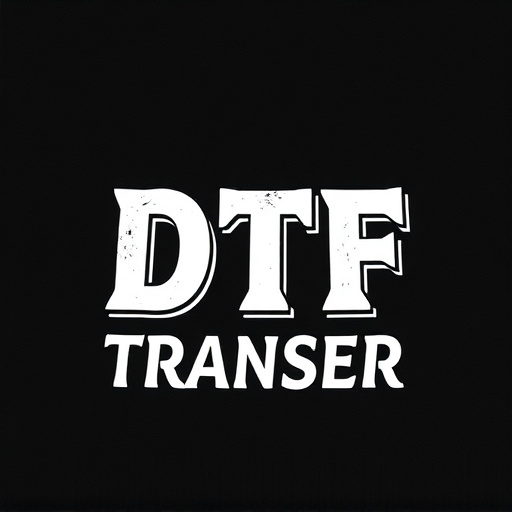
Maintaining high-quality and efficient DTF (Direct-to-Film) transfers for business use requires a meticulous approach. First, ensure your DTF transfer equipment is properly calibrated and maintained. Regular cleaning and routine checks on components like rollers and applicators are essential to prevent contamination and misalignments that can degrade print quality. Using high-quality film and inks specifically designed for DTF printing guarantees optimal results.
Implementing a structured printing process streamlines efficiency. Pre-print preparation, including file formatting and color profiling, plays a pivotal role in reducing errors. Employ automated printing systems where feasible to cut down on manual intervention and potential human mistakes. Regularly monitor printed samples to catch any deviations early, allowing for quick adjustments to maintain consistency across high-volume productions.
Case Studies: Successful DTF Transfer Solutions in Action
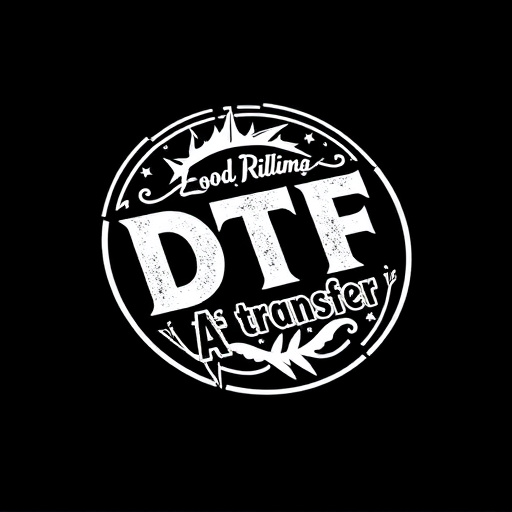
Direct-to-film (DTF) transfers have proven their worth in various industries, demonstrating their ability to enhance productivity and efficiency. Numerous case studies highlight successful implementations of DTF transfer solutions, showcasing their versatility across different business sectors. For instance, clothing manufacturers have embraced DTF printing for rapid production of custom designs, enabling them to meet dynamic market demands with minimal lead times. This method eliminates the need for intricate setup processes associated with traditional printing, making it ideal for high-volume orders.
Moreover, retail businesses have utilized DTF technology to create captivating in-store displays and promotional materials. By transferring vibrant, high-resolution prints directly onto various substrates, retailers can swiftly update visual merchandising, ensuring their stores stay visually engaging. These case studies exemplify how DTF transfers streamline operations, reduce costs, and foster innovation, solidifying their position as a go-to solution for businesses seeking efficient, high-quality printing options for mass production and dynamic marketing campaigns.



